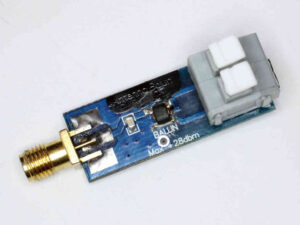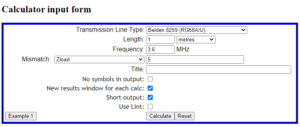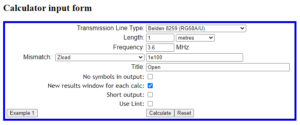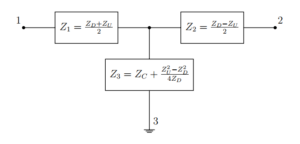Some online experts advise the use of synthesised shielded twin instead of ordinary two wire line for HF antennas claiming it is vastly superior.
Now it could be vastly superior
for several reasons in all, but let’s focus on just one important parameter, loss under mismatch conditions.
The scenario then is the very popular 132′ multi band dipole:
- the famous 40m (132′) centre fed dipole;
- 20m of feed line being parallel RG6/U CCS quad shield with shields bonded at both ends;
- 7MHz where we will assume dipole feed point impedance is ~4000+j0Ω.
We will consider the system balanced and only deal with differential currents.
Now rather than depend on loss calculators, most of which don’t reconcile with measurement of CCS RG6/U, I will used measured loss. RG6/U with CCS centre conductor at HF gives a chart of measured loss of a sample of commercial grade CCS quad shield coax.

Above is a comparison of matched line loss (MLL) based on measurement of a length of RG6/U Quad Shield CCS cable and prediction from Simsmith of Belden 8215 (also CCS). The ripple is due to measurement system error, measurements were made quite some years ago with a AIMuhf. Continue reading RG6/U with CCS centre conductor – shielded twin study
Last update: 21st November, 2020, 1:58 PM









